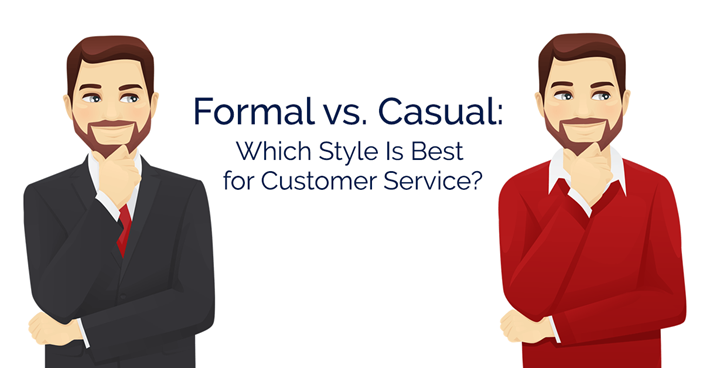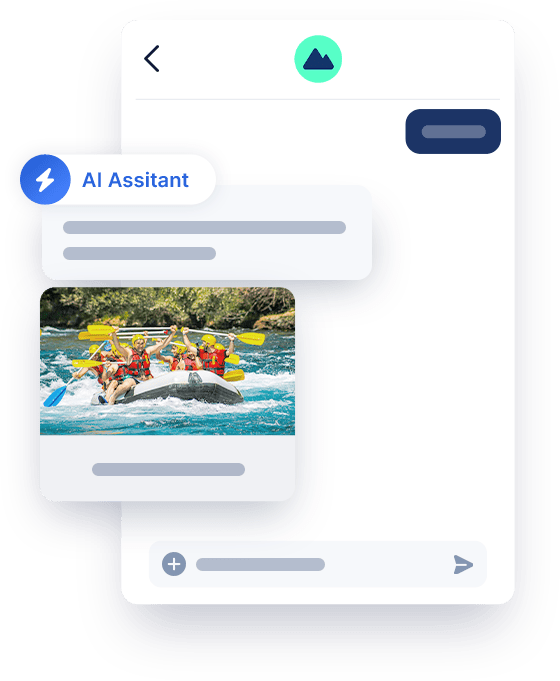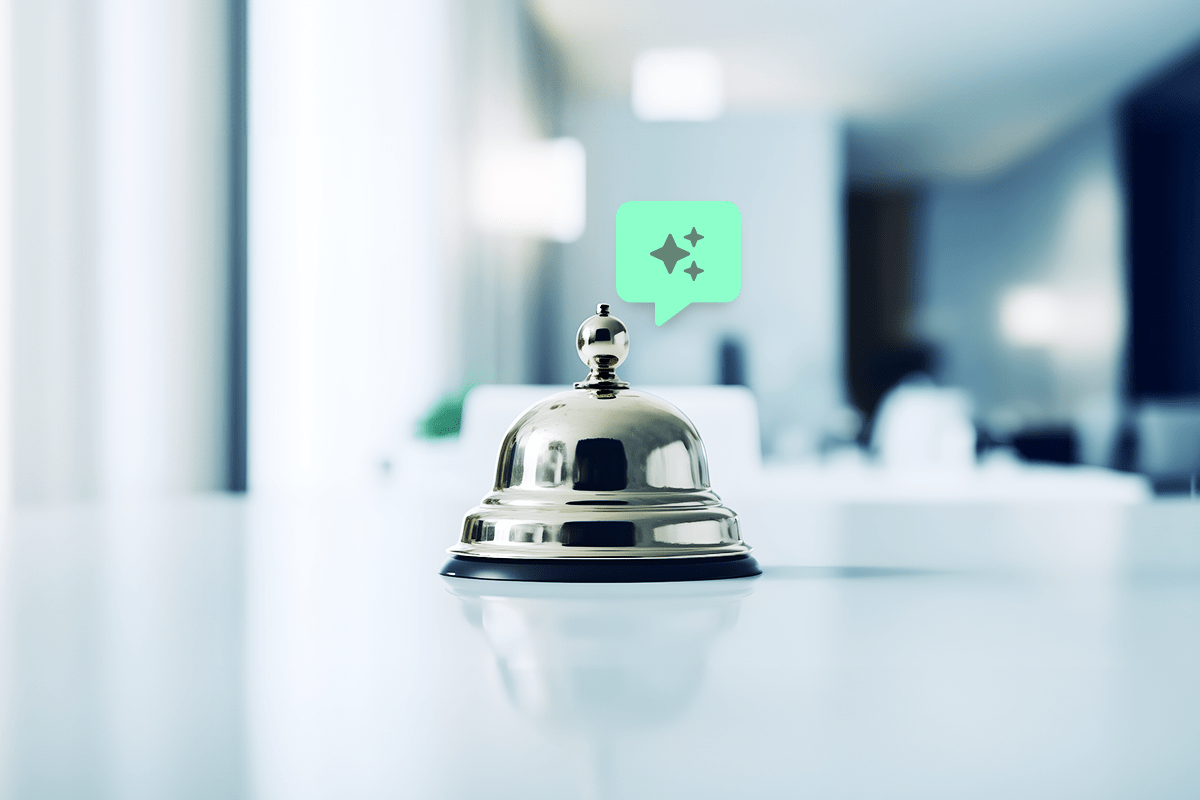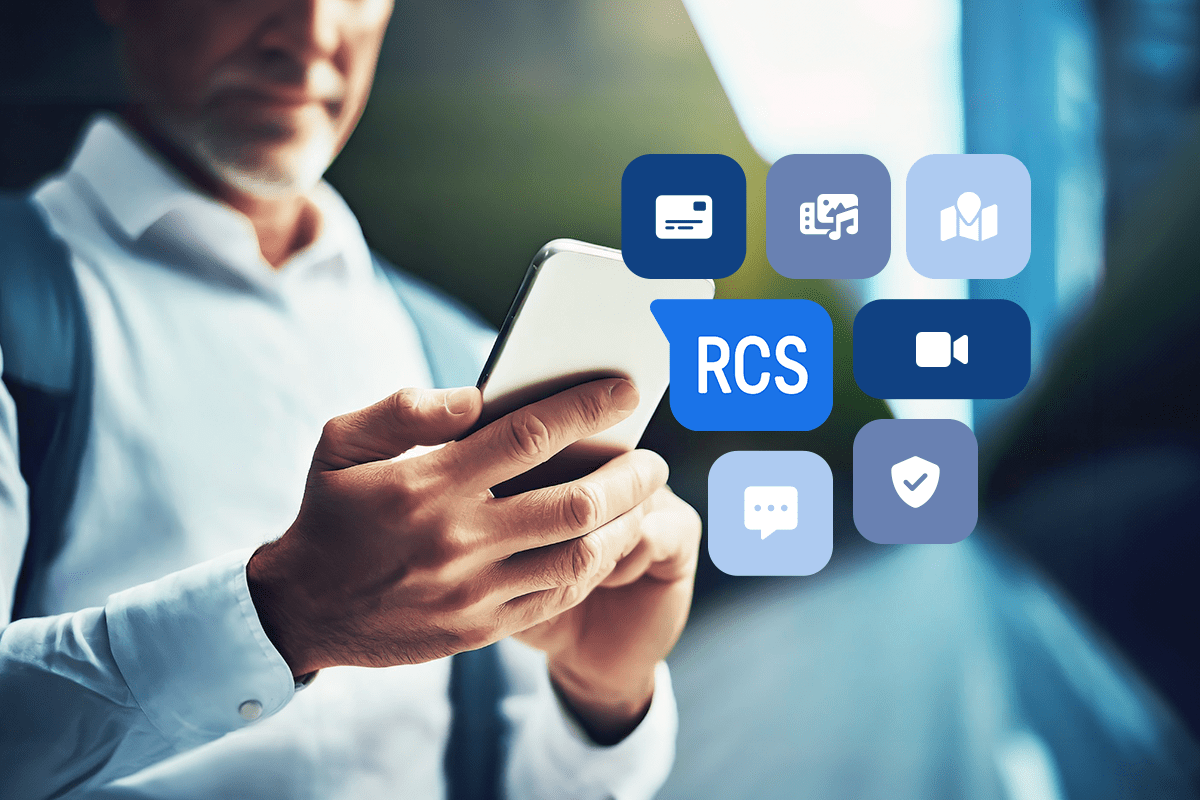Formal vs. Casual: Which Style Is Best for Customer Service?

How to Win Over B2B Customers and Build Trust
Interactions with business-to-business (B2B) customers are usually best suited for formal language. The goals are to increase trust and solve problems for current or potential clients while maintaining high standards.
A formal tone supports those aims and allows customer service experts to nimbly navigate corporate structures. Agents may engage with several decision-makers to guide their choices. Formal language shows a consistency that impresses people from highly structured industries.
Questions about using a formal vs. informal communication style also arise when helping customers with medical or legal issues. Those people frequently reach out when dealing with serious matters. A formal style is typically best for handling them, even when addressing consumers.
An informal style could make people conclude customer service agents don’t recognize the severity of their circumstances. They could also decide getting in touch was a mistake and go elsewhere for help — creating missed opportunities for agents and their employers.
How to Facilitate Better B2C Interactions and Stay On-Brand
Business-to-consumer (B2C) conversations succeed when shoppers connect with entities that address their unmet needs and make things easier or more enjoyable. Adopting a casual style for most B2C interactions works well because it allows agents to come across as highly relatable and well positioned to understand individual situations.
Conversations about lifestyle products or consumer goods often resonate more with shoppers when customer service agents use informal wording. This approach lets service specialists avoid overly stuffy language.
Adopting informal language can also aid customer service specialists who want to excite or inspire. Keeping the interactions casual supports a team’s efforts to convey how products tackle potential buyers’ challenges.
Many B2C companies gain ground in competitive marketplaces by using a humorous tone. An informal style supports such lighthearted approaches when they make sense for the audience or the products being sold.
Formal vs. Casual: Which Style Is Best for Customer Service?
No universal rules define formal vs. informal business communication, although the above examples provide useful starting points. If service teams feel unsure, following customers’ leads by mimicking the styles they use is an excellent practice. The use of emoticons can also help clue someone into the fact the person on the other end prefers informal language.
Employees who interact with customers may have internal documents or their supervisors’ orders to follow as well. Those elements take precedence over broader advice about how best to handle communications.
Learn How to Boost Survey Responses
Decisions about when to use formal vs. informal communication illustrate the evolution of how people engage with brands. The Quiq Conversational Customer Engagement Platform supports today’s business messaging needs by personalizing communications through consumers’ preferred channels. Contact us today or request a demo to learn about the benefits of instant messaging and text messaging in formal and informal settings.




